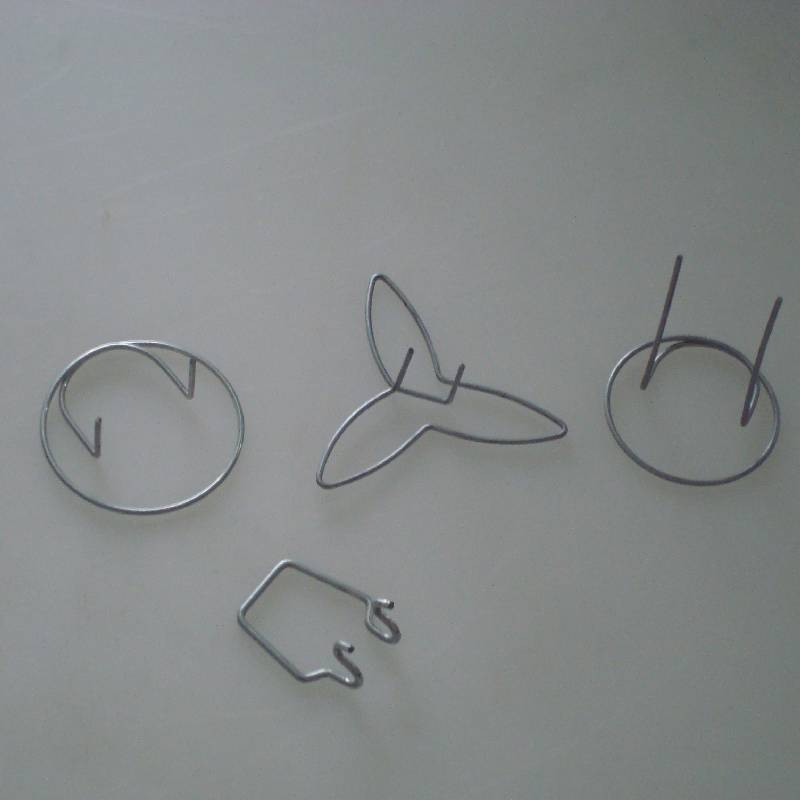
- Mobile Phone
- +8613931874955
- sales@cntcmetal.com
Survey on the Effectiveness and Installation of Cavity Wall Ties in Contemporary Construction Practices
Cavity Wall Tie Survey Ensuring Structural Integrity in Buildings
Cavity walls have become a popular choice in modern construction due to their thermal insulation properties and resistance to moisture penetration. However, like any structural component, they require regular maintenance and assessment to ensure their longevity and safety. A cavity wall tie survey is an essential procedure that helps to ascertain the condition and functionality of wall ties within cavity walls, thereby preserving the structural integrity of buildings.
Cavity wall ties are metal components that connect the outer and inner leaves of a cavity wall. They play a critical role in providing stability and preventing the walls from bowing or leaning due to lateral forces. Over time, these ties can face various issues such as corrosion, displacement, and breakage, primarily due to environmental factors or the degradation of materials. Therefore, conducting a thorough survey is vital to identify potential problems before they escalate into significant structural issues.
The survey typically begins with a visual inspection of the building's exterior. Professionals will look for visible signs of problems such as bulging walls, cracks, or signs of water damage. These indicators can signify underlying issues with the wall ties. Additionally, moisture meters may be used to assess the levels of humidity within the wall cavities. Elevated moisture levels can indicate compromised ties or the presence of other issues such as dampness or inadequate drainage.
cavity wall tie survey

Following the visual assessment, a more invasive method might be employed to detect the condition of the wall ties. This can involve drilling small holes into the wall and using specialized equipment to measure the condition of the ties. Non-destructive testing techniques, such as ultrasonic testing or magnetic testing, can also be employed to evaluate the integrity of the ties without causing further damage to the structure. These methods are crucial for providing a clear picture of the wall ties' condition, especially in inaccessible areas of the building.
The results of the cavity wall tie survey will dictate the subsequent steps. If the survey reveals that the wall ties are in good condition, then regular monitoring may be sufficient. However, if signs of corrosion or displacement are observed, remedial actions must be taken. This could involve the replacement of damaged ties, the installation of additional ties for enhanced support, or repairs to ensure proper drainage and moisture management.
In addition to preserving the structural integrity of a building, a cavity wall tie survey can also play a significant role in boosting its value. Prospective buyers often prioritize structural soundness when evaluating properties, and having documented surveys can serve as evidence of a well-maintained building. Furthermore, regular surveys can prevent costly repairs in the long run, making them a wise investment for homeowners and property managers alike.
In conclusion, a cavity wall tie survey is an indispensable part of maintaining the safety and longevity of cavity wall structures. By detecting potential issues early and allowing for timely interventions, these surveys help ensure that buildings are safe for occupancy and retain their value over time. Property owners should prioritize regular surveys as part of their building maintenance schedules to prevent unforeseen complications and safeguard the structural integrity of their investments.
share:
-
Your Source for Concrete Wall Ties and Masonry AccessoriesNewsJul.10,2025
-
Unlocking the Power of Iron Wire for Every ProjectNewsJul.10,2025
-
Explore Advanced Chain Wire and Stainless Steel Mesh FencingNewsJul.10,2025
-
Discover the Benefits of Annealed Wire ProductsNewsJul.10,2025
-
Discover China Stainless Steel Wire Mesh SolutionsNewsJul.10,2025
-
Build with Confidence Using High-Performance Masonry AccessoriesNewsJul.10,2025
-
Why Sacrificial Formwork Is Redefining Underground ConstructionNewsJun.06,2025



















